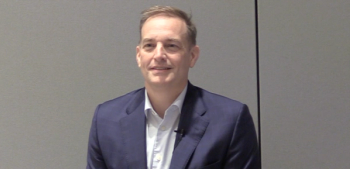
Davey Daniel, MD, chief medical officer at OneOncology, stresses the need for real-world evidence in genomic testing to improve patient outcomes and cost-effectiveness.

Davey Daniel, MD, chief medical officer at OneOncology, stresses the need for real-world evidence in genomic testing to improve patient outcomes and cost-effectiveness.
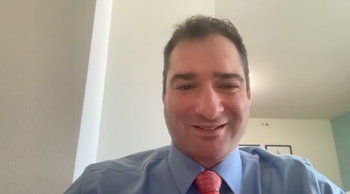
Jonathan Riess, MD, MS, director of thoracic medicine at UC Davis Health, gave insight into the rationale and efficacy data for combining cancer vaccine IO102-IO103 with pembrolizumab in advanced squamous cell carcinoma of the head and neck.
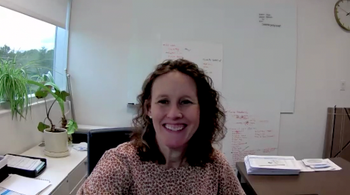
Deepened, persistent responses were seen in the long term among patients with advanced melanoma treated with fianlimab and cemiplimab, Meredith McKean, MD, MPH, director of melanoma and skin cancer research for Sarah Cannon Research Institute, explained.
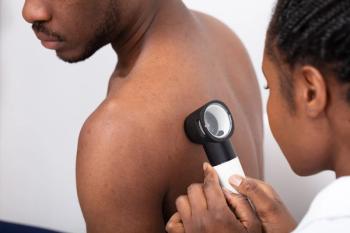
Experts at the Skin of Color Update today in New York City highlighted recent FDA-approved dermatological treatments and emphasized the importance of clinical trial diversity.

It’s hard for practicing oncologists to stay on top of the latest clinical data, but good partnerships and clinical decision support tools can assist.

Panelists discussed how the Inflation Reduction Act and the Enhancing Oncology Model are impacting value in cancer care and access to treatment.

Trastuzumab deruxtecan (T-DXd) was effective in patients with HER2-positive (HER2+) metastatic breast cancer, with no new safety profiles observed.

Disparities continue in younger patients, raising the need for novel interventions to mitigate challenges associated with younger age at diagnosis.

The work might take long, but cancer advocate and survivor Matthew Zachary drove home the importance of advocacy to continue improving the lives of patients with cancer and provide them better options.

Speakers at the 2024 meeting of ERS—The European Respiratory Society Congress share their favorite parts of the conference.
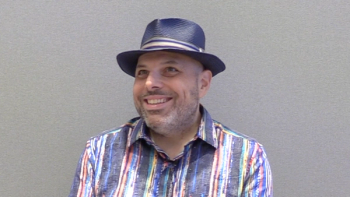
Matthew Zachary, founder of Stupid Cancer, and keynote speaker at the Patient-Centered Oncology Care® (PCOC) 2024 meeting advocated for addressing provider burnout and mental health, arguing that it is essential for delivering quality patient-centered care.

Lalan Wilfong, MD, senior vice president at Thyme Care, highlights the substantial advantages of patient navigation in enhancing patient outcomes and the need for balancing cost and performance when integrating these services into payment models.

In a session at AIDS 2024, the International AIDS Conference, global leaders and community advocates gathered to discuss why stigma and shame continue to attach themselves to an HIV diagnosis and why policy efforts to overcome both must persist.

Sarah Hogue, PharmD, director of oncology services at St. Luke's Cancer Institute, discusses trends of pharmacists and technicians taking on more clinical responsibilities in oncology, improving patient care, and efficiency.

During the first fireside chat at the Patient-Centered Oncology Care® meeting, Alyssa Schatz, MSW, of National Comprehensive Cancer Network, discussed work being done to improve care for patients with cancer.
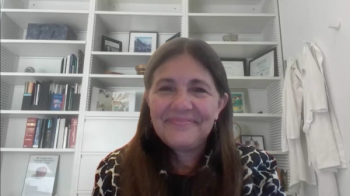
Heather Wakelee, MD, Stanford University, discusses the pros and cons of different durations of immunotherapy in non-small cell lung cancer (NSCLC) and the future outlook for patient-specific care.

During ESMO Congress 2024, sessions will focus on hot topics in therapeutic areas, such as antibody-drug conjugates; the latest trial data; health policy; and advances in technology.

Policy changes, such as banning spread pricing and promoting transparency, are necessary to realign the pharmacy benefit manager (PBM) market and ensure that health care resources benefit patients and providers rather than being diverted by middlemen, according to panelists at the Community Oncology Alliance Payer Exchange Summit.

Matthew Smeltzer, PhD, University of Memphis, shares insights into his team's quality-of-care initiative to identify and combat gaps in care for patients with early-stage non–small cell lung cancer (NSCLC).

A new report based on patient focus groups suggests many clinicians can do more to help patients with sickle cell disease (SCD) feel heard and understood.

Speakers at the 2024 World Conference on Lung Cancer discussed the considerations that must go into designing and performing clinical trials in the early-stage lung cancer space, ranging from selecting an end point to empowering participants.

The need for improved collaboration between payers and providers is key to successfully implementing value-based care initiatives that address patient needs, ensure measurable outcomes, and overcome challenges, according to panelists at the Community Oncology Alliance Payer Exchange Summit.

Biomarker testing is critical for determining optimal therapy early in the non–small lung cancer (NSCLC) treatment process, but research shows uneven insurance coverage of these tests and inconsistent uptake in cancer centers.
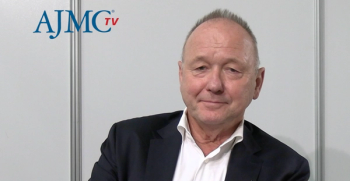
Klaus Rabe, MD, PhD, chest physician and professor of medicine, University of Kiel, shares the latest clinical discoveries from the BOREAS trial on type 2 inflammation in patients with chronic obstructive pulmonary disease (COPD).

Luca Richeldi, MD, PhD, outlined crucial lessons from recent idiopathic pulmonary fibrosis (IPF) trial failures, advocating for adaptive trial designs, rigorous statistical methods, and a focus on patient-relevant outcomes to enhance future research.

Bellinda King-Kallimanis, PhD, LUNGevity Foundation, reflects on her experiences in patient-focused research to discuss the current state of patient education, the importance of patient advocates, and mediating barriers to health care access.

Lung cancer is tied to tobacco smoking in the public consciousness, but a significant proportion of cases are driven by factors like indoor and outdoor air pollution or ancestral genetic variants.

A panel discussion at the Community Oncology Alliance (COA) Payer Exchange Summit highlighted the tension between state regulation of pharmacy benefit managers (PBMs) and the Employee Retirement Income Security Act (ERISA) preemption, emphasizing the need for reforms to balance employer uniformity with addressing PBM practices.

John Heymach, MD, PhD, The University of Texas MD Anderson Cancer Center, discusses exciting developments in HER2-targeted therapies that he foresees making a difference in the treatment of non–small cell lung cancer (NSCLC).
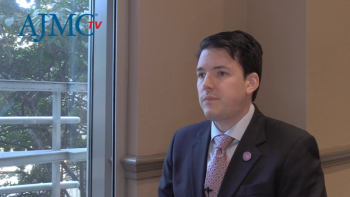
There are concerns that the negotiated drug prices under the Inflation Reduction Act (IRA) are leading to large provider reimbursement cuts, explained Nick Ferreyros, managing director, Community Oncology Alliance.

259 Prospect Plains Rd, Bldg H
Cranbury, NJ 08512
© 2025 MJH Life Sciences®
All rights reserved.
